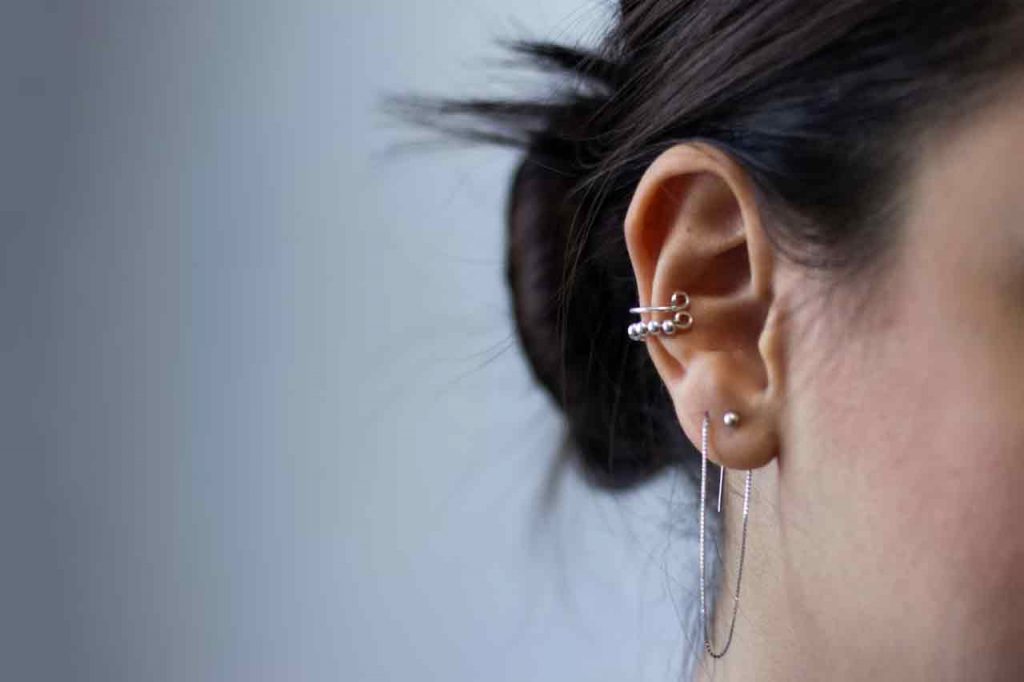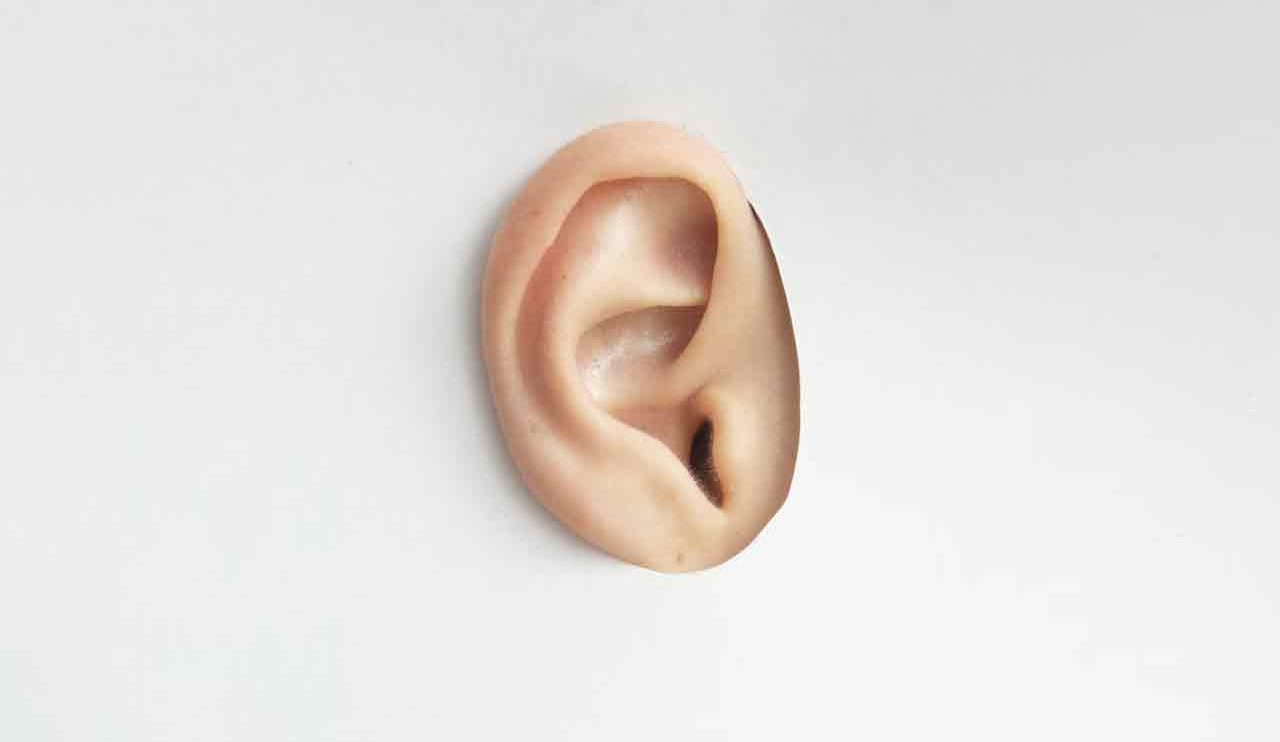What is otitis media? What is it caused by? What are the symptoms? How long does it last? How do you diagnose? How are you treated? Could there be complications? Instructions:
Name of the diagnosis: Otitis Media, Bullous Myringitis, Middle Ear Effusion
What is otitis media?
This is an infection that is accompanied by the accumulation of secretion in the middle ear cavity. The process can be one-time (acute) or continuous (chronic), and the discharge can be purulent or transparent (serous). On top of that, blisters may appear on the surface of the eardrum – a condition that causes significant pain and is known as myringitis. In the chronic condition, a hole develops in the eardrum, and the discharge comes out of the ear.
What causes otitis media?
The inflammation is caused by bacteria or viruses that have “settled” in the middle ear – the part of the ear that is behind the eardrum and includes the auditory bones.
The tendency to suffer from otitis media develops following dysfunction of the tube that connects the middle ear to the pharynx. The tube balances the pressures inside the middle ear, drains secretions and allows proper ventilation.
The function of the tube may be impaired in the following situations: infection in the upper respiratory tract , allergic rhinitis , obstruction of the tube due to pressure from the outside – for example following a tumor (usually in adults) or following the enlargement of the adenoids (polyps) in children, dysfunction of the palate muscles – for example following a cleft palate.
In babies there are other risk factors such as overcrowding, passive smoking, not breastfeeding and feeding from a bottle while lying down . Middle ear infections are more common in children as the function of the tube improves as children grow older.
The more common bacteria that cause middle ear infections are Streptococcus and Haemophilus. The bacterial infection in the middle ear often develops following a viral infection in the upper respiratory tract (the viral infection prevents the drainage of fluids from the ear, and the bacteria “dress” on these fluids).

What are the symptoms of otitis media?
The symptoms usually include pain in one ear accompanied by hearing loss, but it is possible to have an infection in both ears at the same time. If there is a hole in the eardrum, there may be discharge from the ear. Dizziness rarely accompanies chronic inflammation.
Small children who suffer from earaches often notice one or more of the following symptoms: restlessness, irritability, crying, diarrhea, vomiting, fever and lack of appetite.
how long does otitis media last?
Acute inflammation lasts from a few days to two weeks. Chronic inflammation lasts longer or involves repeated episodes of acute inflammation.
How do you diagnose otitis media?
The diagnosis is made by looking through an otoscope or a special microscope that is used by otolaryngologists. It is also possible to test the ability of the eardrum to move with a pneumatic otoscope or with a tympanometry test. If it turns out that the eardrum’s ability to move has been impaired, this usually indicates fluid that has accumulated behind the eardrum and prevents it from moving. The damage to the mobility of the eardrum and the accumulation of fluid behind the eardrum may cause a temporary decrease in hearing ability.
How are you treated otitis media?
In recent years, there has been a growing tendency not to rush antibiotic treatment in the case of acute inflammation in children – especially if it is a relatively large child whose condition is mild. However, this approach has not yet become accepted when it comes to the treatment of adults.
Treatment usually includes the administration of antibiotics from the penicillin group. There are other drugs that are suitable for those who suffer from penicillin sensitivity. In addition to the antibiotic treatment, you can use pain relievers sold without a doctor’s prescription.
If it is an accumulation of fluid in the ear without evidence of infection – you can be satisfied with monitoring alone or take medications that reduce congestion in the pharynx and nasal cavity (this is a treatment that is accepted to be given mainly to adults). If the accumulation of fluids does not go away, surgery can be considered to insert ventilation tubes – “buttons” in the vernacular.
Prolonged accumulation of fluid behind the eardrum in an adult requires a comprehensive examination by an otolaryngologist to rule out the possibility that it is the result of a tumor or another problem that interferes with the normal functioning of the eardrum.
If a hole appears in the eardrum as a result of the inflammation, try to allow it to close through antibiotic treatment of the inflammation (oral and local drops) and by avoiding exposing the ear to water. It should be noted that the existence of a perforation in the eardrum requires the doctor to adjust drops and local treatments that do not harm the inner part of the ear. That’s why one should act carefully and avoid local use of preparations and generic medicines without prior consultation with an otolaryngologist.
This one-off? Will it come back
An infection of the middle ear can be a one-off. However, those whose fallopian tubes function poorly tend to suffer from repeated infections.
Could there be complications?
The inflammation usually passes without complications. Complications are more common in cases of prolonged inflammation, chronic fluid accumulation or recurrent infections. These are the most common complications:
- Hearing loss . There may be a transient decrease in hearing during the acute infection. Prolonged fluid accumulation or damage to the eardrum or other organs in the ear can cause permanent hearing loss.
- Delay in speech development in children. Such a delay may harm the development of social skills.
- The spread of the infection to the adjacent tissues. The infection may spread to the adjacent bone – the mastoid bone – and cause damage to it. In such a situation it often happens that the ear becomes erect and more prominent. In extremely rare cases, the infection may damage other organs in the head and neck area and even the brain.
- The formation of a hole in the eardrum sometimes causes a cholesteatoma – a growth of abnormal tissue in the middle ear that can cause the destruction of the auditory bones and other organs. That is why it is important to remove the cholesteatoma from the ear – sometimes through surgery.
What are the warning signs that require an immediate visit to the doctor?
A doctor should be consulted in any case of pain in the ears. If the diagnosis is that it is an acute ear infection, the doctor should be consulted again if there is no improvement after two or three days of antibiotic treatment, if there is discharge from the ear, if the infection is accompanied by severe headaches, and if there is an external change in the appearance of the ear.
How soon will I “come back to myself”?
If there are no complications – within a week.
How do you learn to live with chronic otitis media?
There may be different forms of chronic inflammation – with and without discharge from the ear. In any case, you should be closely monitored by an otolaryngologist and avoid wetting the ear. The treatment includes cleaning the ear of secretions, giving local antibiotics and sometimes also orally. If there is a perforation in the eardrum, it is advisable to close it surgically, and if there is a destructive process such as a cholesteatoma, surgical intervention is necessary to remove the abnormal tissues that have grown in the middle ear and restore the normal structure of the ear.
Children who suffer from fluid accumulation in the middle ear that causes complications such as repeated infections and hearing impairment can be treated with “button” surgery – with or without resection of the adenoids (“polyps”, “third tonsil”).












Add Comment